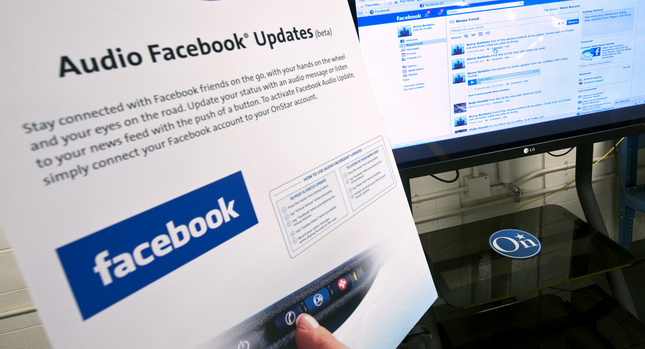We are all living in an age of networked information. Social media sites such as Facebook and Twitter, smartphones and public internet access are making the world smaller every day. Unfortunately, in some instances all this information can distract us from the important things, such as focusing on driving. And no one agrees with this more than U.S. Transportation Secretary Ray LaHood:
“We know people are hooked on cellphones and texting devices. But there’s absolutely no reason for any person to download their Facebook into the car. It’s not necessary. “
Mr. LaHood is strongly opposed to the increasing number of “media feeds” and other networked gadgets in new motor vehicles. Both he and his underlings at the National Highway Traffic Safety Administration (NHTSA) hope to curb the rapid propagation of such in-car technology by proving a link between such devices and automobile safety.
In conjunction with this goal, Mr. LaHood is encouraging automakers to make public service announcements advising drivers to not text-and-drive. Both BMW and Subaru are already on board with this, producing media for TV, print and the web that tries to discourage through the use of persuasive imagery.
Still, according to IHS iSuppli analyst Egil Juliussen, in-car communication technology is expected to triple to 60 million units worldwide by 2017. Among the companies leading the charge are General Motors, which is beta testing a way to allow drivers to dictate Facebook status updates through voice control and Onstar.
The U.S. DoT is asking for a US$50 million budget increase in 2012, specifically to crack down on drivers distracted by text messaging. New guidelines for automakers regarding in-car infotainment systems are also in the pipeline.
By Tristan Hankins




